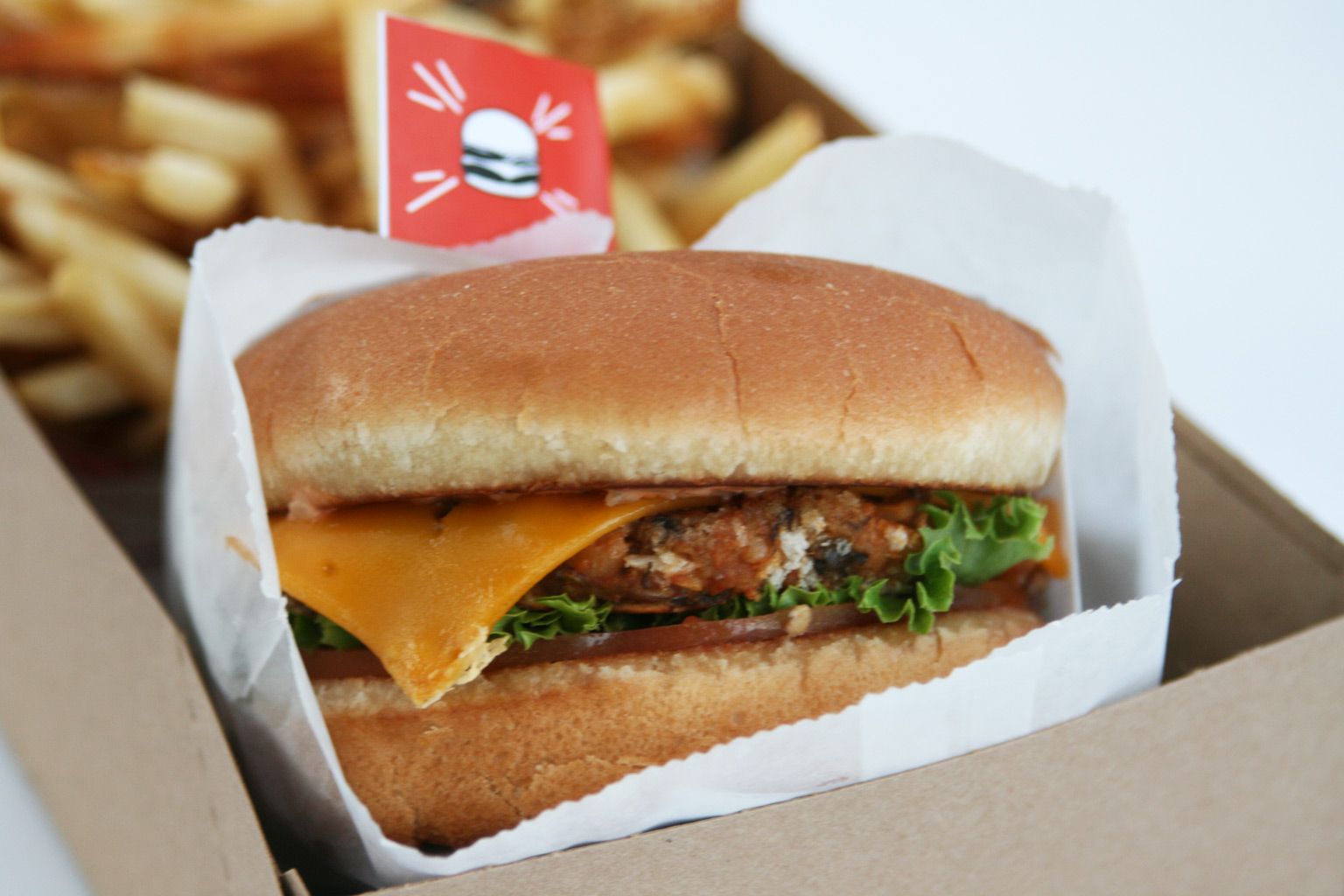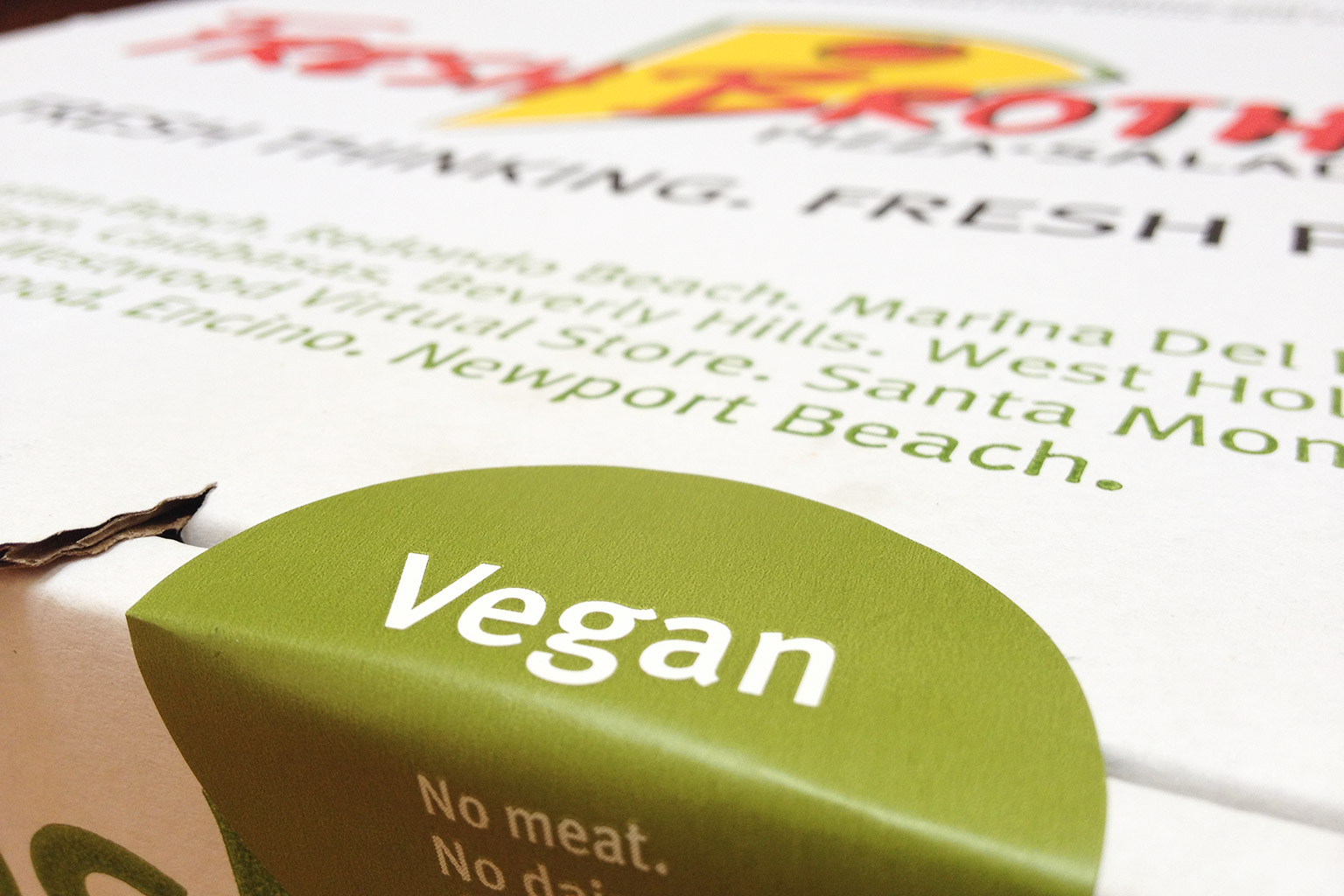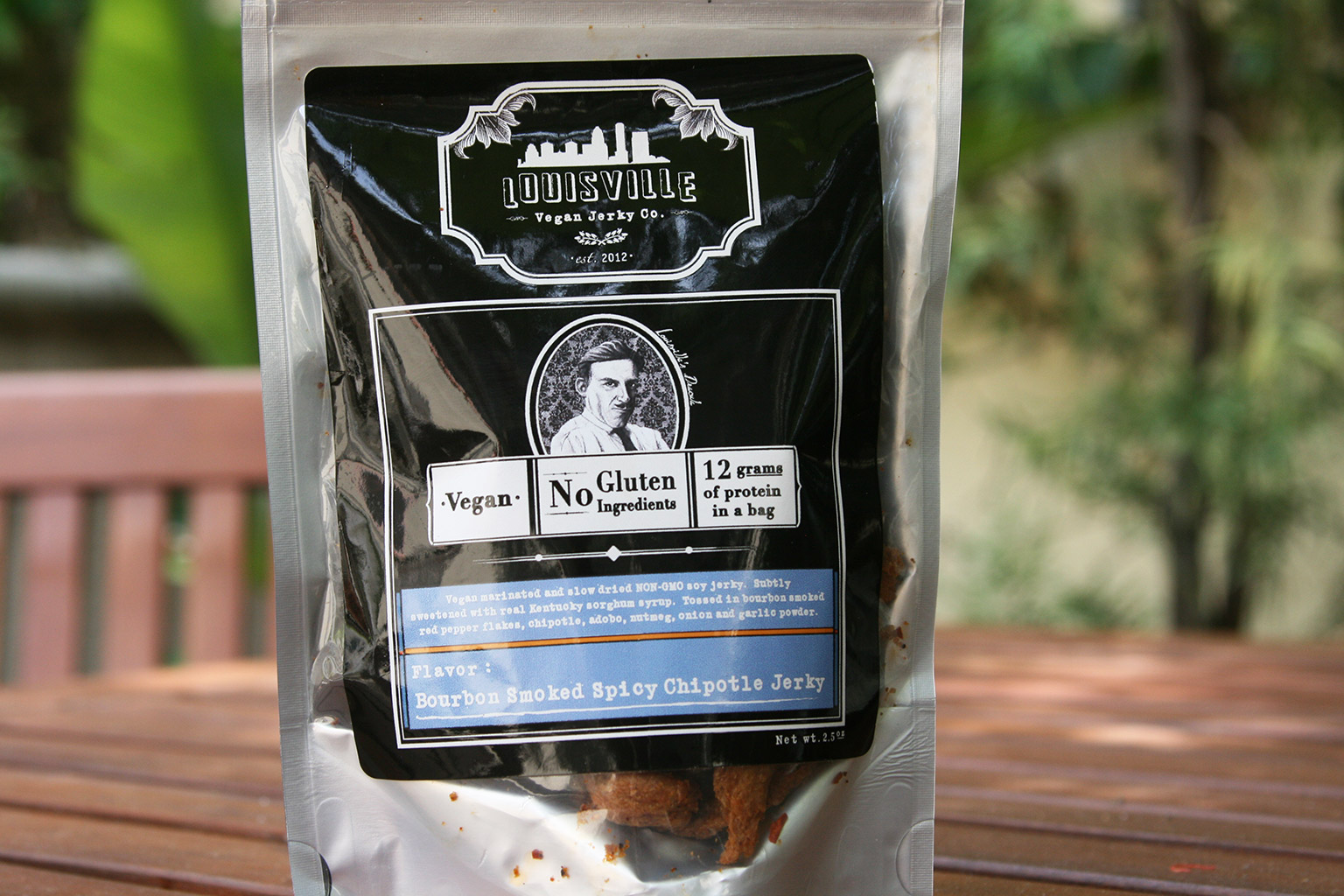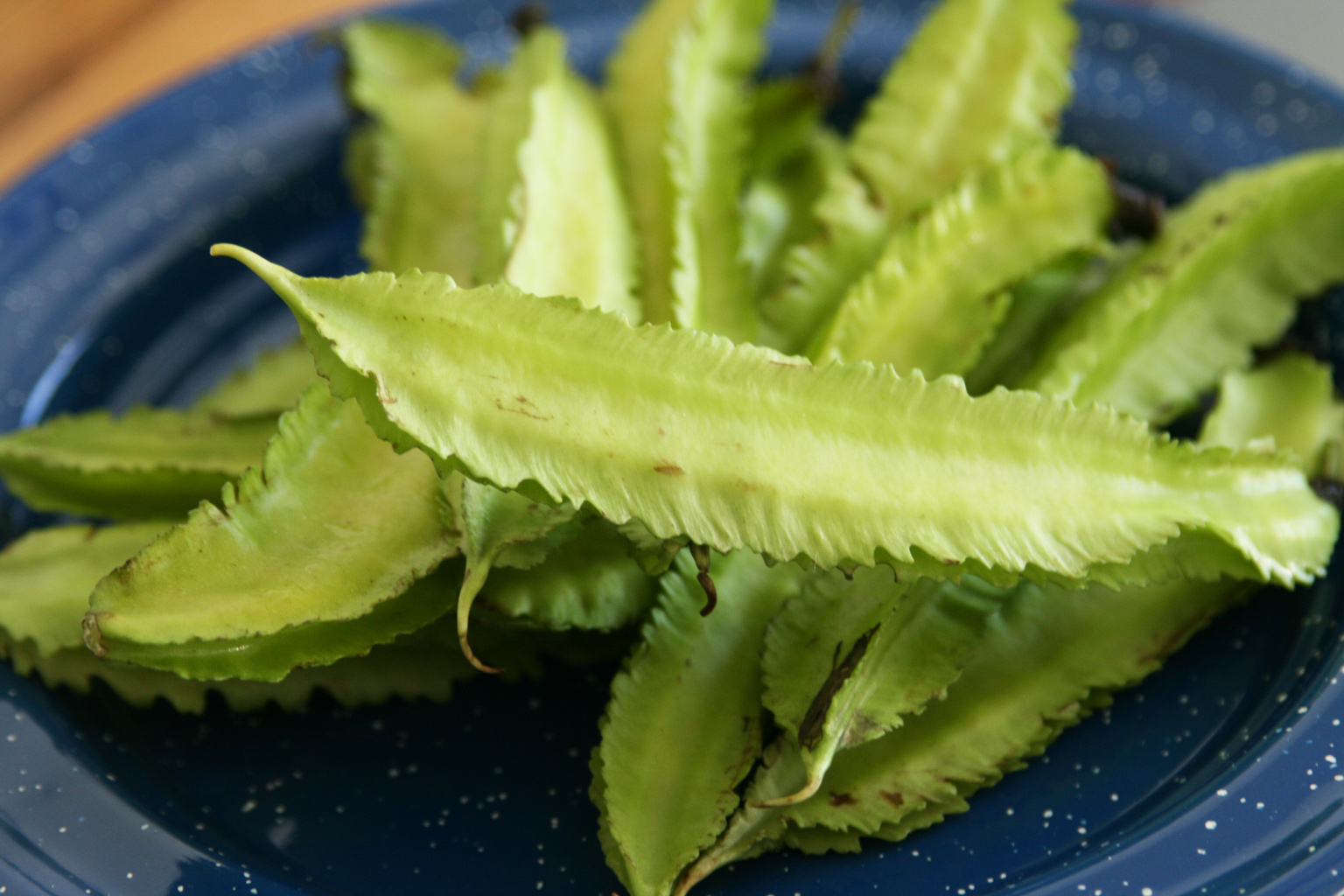As is often the case with many of our favorite dishes, we can thank war + colonialism for Japanese curry, or karē raisu.
If you’ve ever had Japanese curry, you may have noticed it’s very similar to an Indian curry. And that’s certainly where its origins lie for this curry—a cross-cultural catch-all term for a spice-rich dish with a thick sauce or gravy derived from a Portuguese mispronunciation of the word for ‘spices’ that, like the dish, was adopted and made widespread by the British. Specifically, the British Navy, who made curries a staple of many ships’ meals in mess halls, though the British version was a bit of a bastardization of the Indian curry, adding meat + butter, thickening with wheat flour, and working from a tin of spice mix.
Seeking to address the proliferation of beriberi, a fatal vitamin deficiency that was sweeping Japan in the 19th century and a huge risk for those serving in the military, the Japanese Navy looked to their British counterparts, hoping the thiamine in the meat + wheat of these adapted curries would remedy the deadly situation. The dish quickly became a popular one amongst service members and, even after its post-WWII dissolution, the navy’s spiritual descendant, the Japan Maritime Self-Defense Force, continued the tradition, taking the culinary fascination even further with curry Fridays to help sailors mark the passage of time at sea. Individual JMSDF ships even customized their recipes making each mess hall’s curry unique (and some, according to this Atlas Obscura article by Anne Ewbank, skewed to the bizarre with their ingredients—”the curry served on the Hachijo patrol ship, for example, includes ketchup, coffee, and two kinds of cheese”).
Two kinds of cheese aside, the taste for curry followed sailors home after their service was over and eventually curries entered the culinary mainstream of Japan, being served at school cafeterias, restaurants, and making its way onto home dinner tables primarily through those boxed curry mixes that still proliferate today at specialty markets + grocery stores.
But when looking to make an authentic Japanese curry at home, we wanted to avoid the box mixes, most of which are extremely sodium-rich and prominently feature amongst their ingredients orangutan- and environmentally unfriendly palm oil.
So we took to the internet to research, finding that 9.75/10 of the recipes online also simply used box mixes for the dish. One though, by Daniel Gritzer, specified a handmade curry spice mix, so we decided to work from that recipe, veganizing, adding kabocha (because, yay, kabocha), and swapping a canned vegan duck that we like as the protein.
We’re writing the result up on these pages, partly so we can easily find it in the future, partly for anyone who might want to give it a try some time.
For the curry spice mix:
2 tablespoons (7g) whole coriander seed, toasted in a dry skillet until fragrant
1 tablespoon (6g) whole cumin seed, toasted in a dry skillet until fragrant
1 tablespoon (6g) whole fenugreek seed, toasted in a dry skillet until fragrant
2 1/2 teaspoons (6g) cardamom seeds, removed from pods + toasted in a dry skillet until fragrant
2 teaspoons (5g) whole black peppercorns, toasted in a dry skillet until fragrant
1/2 teaspoon (2g) fennel seed, toasted in a dry skillet until fragrant
1 (2-inch) piece cinnamon (3g)
3 cloves
1/2 of a star anise pod
1 or 2 strips (1g) dehydrated lemon or orange peel (optional)
2 tablespoons (16g) ground turmeric
1/4 to 1/2 teaspoon (1 to 2g) chili powder, depending on the intensity of your chili powder and how spicy you want the curry
Pinch grated fresh nutmeg
For the stew:
1 10 oz. can mock duck (available at asian supermarkets) or preferred vegan protein, cut into 1-inch chunks
Kosher salt and freshly ground black pepper
2 tablespoons (30ml) sesame oil, plus more as needed
1 kabocha squash, split, seeded, and cut into large, 2-inch chunks (see notes below)
1 large yellow onion (1 pound; 450g), diced
8 ounces carrots (225g; about 3 medium), cut into 1/2-inch pieces
1 quart (950ml) homemade vegetable broth or store-bought low-sodium
1 quart (950ml) homemade vegan dashi
8 ounces (225g) Yukon Gold potatoes, cut into 1-inch chunks
Half of 1 (6-ounce) apple, peeled, cored, and finely grated, minced, or puréed
1/2 cup vegan butter (4 ounces; 110g; we like Miyoko’s)
1/2 cup all-purpose flour (2 ounces; 55g)
1 (2-inch) piece fresh ginger, finely grated
3 tablespoons (25g) curry spice blend
Warm short-grain rice, for serving
Pickled ginger, for serving (see note below)
Scallion, diced + coated with seas salt or rakkyo (pickled Japanese scallion), for serving (see note below)
I know—it seems like a lot. But know that the spice mixture yields a ton, so you can make it much more easily down the road, and same with the dashi, which is technically optional but kind of the thing that makes this curry more Japanese than British or Indian. And, in a pinch, you can boil dried shiitakes + a sheet or two of nori if you don’t have kombu.
One pre-recipe note: If you’d like to homemade pickled ginger as a topper, it’s super-easy to do a quick, mild one—just thinly slice some fresh ginger or green/young ginger (which is in-season right now at farmers markets) and submerge in a small bowl with rice vinegar (or white vinegar if you want a more aggressive acidity). If you’re using young ginger, you can also slice up some of the green leaves thinly and do the same. And for the scallion, all you need to do is slice it up into tiny pieces, scatter across a shallow dish, and salt heavily before you start cooking—by the time your done, you’ll have a nice, bright (tasting) topper for the curry that’ll contrast the rich curry nicely (rinse the salt if you like; leave if you don’t mind and want a brighter taste).
For the spice blend, use a spice grinder (or coffee bean grinder if you don’t have one) and combine coriander, cumin, fenugreek, cardamom, black peppercorns, fennel, cinnamon, cloves, star anise, and orange/lemon peel (if using) and grind to a fine powder. Empty into a small bowl and combine with turmeric, chili powder, and nutmeg, then set aside.
For the stew, brown the chunks of mock duck in a tablespoon or so of oil in a heavy skillet, really crisping up some sides but leaving the majority supple. If you can’t find the duck or don’t want to use it, just use a good sub. for chunked beef, basically (we get it; canned meat, but it really is good). Transfer to a plate or bowl and set aside.
As with most winter squashes, the kabocha can bee a bit of a pain to get prepped. We’ve found that it’s best to (carefully) slice the top stem area off with a big knife, then (carefully) slice down the middle and split open. Then use a spoon or scooper (or grapefruit spoons work great) to scoop out the seeds and squash guts. You can totally set the seeds aside and roast with a little soy sauce for a snack later if you like. Then we tend not to cut the rind off of kabocha—it’s absorbed into the meat of the squash as it cooks—but you can if you like. Either way, then carefully slice the kabocha halves into long 1 inch thick wide segments, then square off chunks and set aside.
Warm a big, heavy stock pot (we use a cast iron Dutch oven) on medium flame, then add a tablespoon of oil to the pot once it’s warmed; wait a half minute or so for the oil to warm, then carefully add your kabocha chunks, stir, and cover tightly. Assuming your lid’s tight, you shouldn’t need to add any water or stock to cook the squash, but you may need to if it’s not. Regardless, cook until tender to a fork poke—usually 30 or so minutes. Once done, empty the squash pieces into a bowl and—without cleaning out the pot—add your other tablespoon of oil and then your chopped onion pieces, stirring uncovered until they begin to caramelize and become fragrant + translucent (about 10 or 15 minutes).
Now add your carrot + potatoes and cook covered until tender (another 15 or so). Your cooked kabocha can now make a return to the stock pot, along with your grated or puréed apple, broth, dashi, and protein. Simmer on medium-low covered while you prep the curry roux—in a medium saucepan, melt your butter (which replaces the rich-yet-terrible palm oil in this recipe) on low heat. Once melted, add your flour, continually stirring and raising the heat to medium, cooking until you’ve got a thick roux or gravy that begins to brown a bit. Now stir in your spice mix + grated ginger and cook for another minute before carefully scraping the whole thing into the main stock pot or Dutch oven.
Simmer for a bit covered to allow all the taste to mingle, then uncover, stir, and taste a cooled spoonful, adding salt and/or pepper to taste and then cooking until thickened nicely. Once done, serve over warmed rice and top with ginger slices + scallion/pickles and serve.
Itadakimasu!








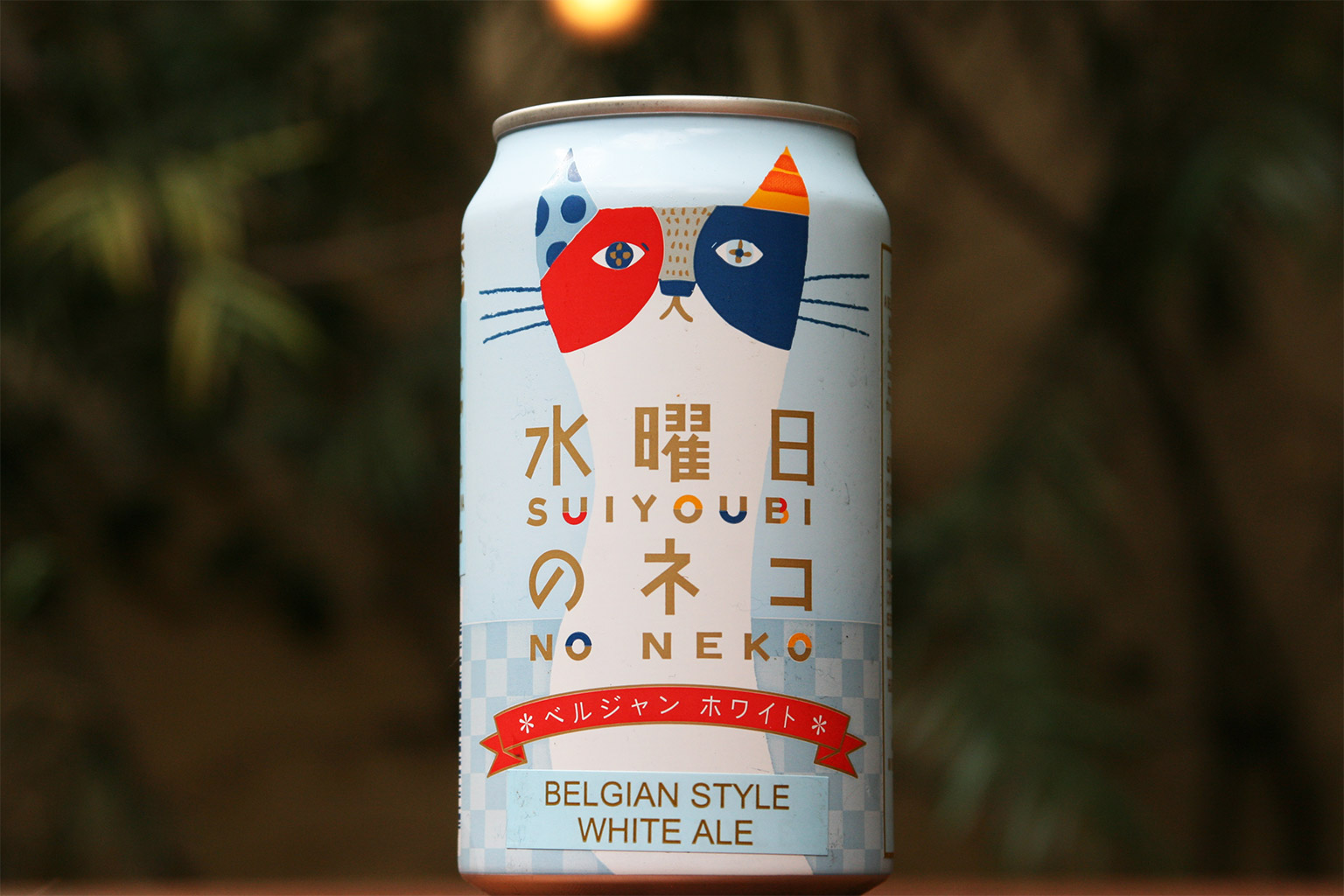
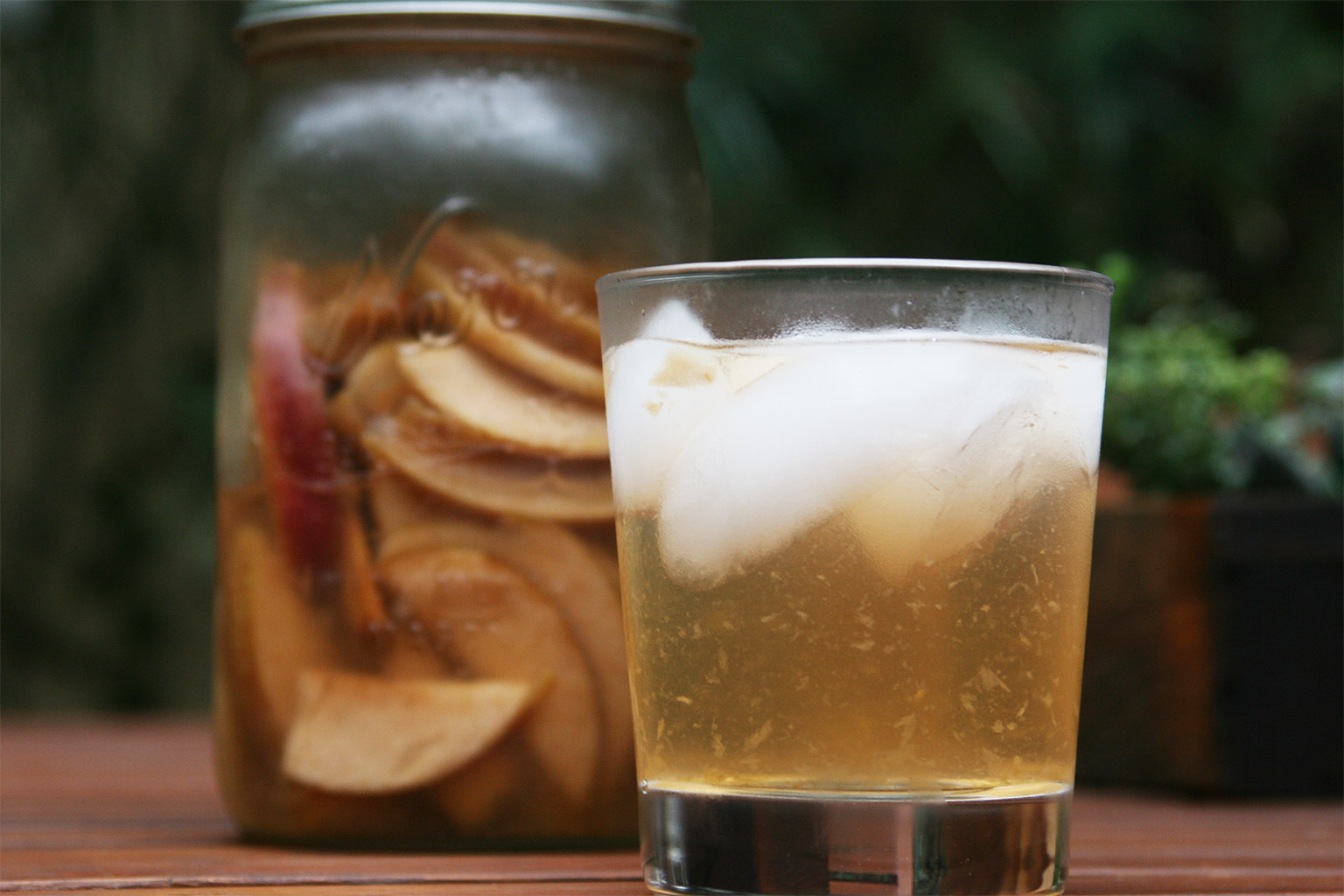
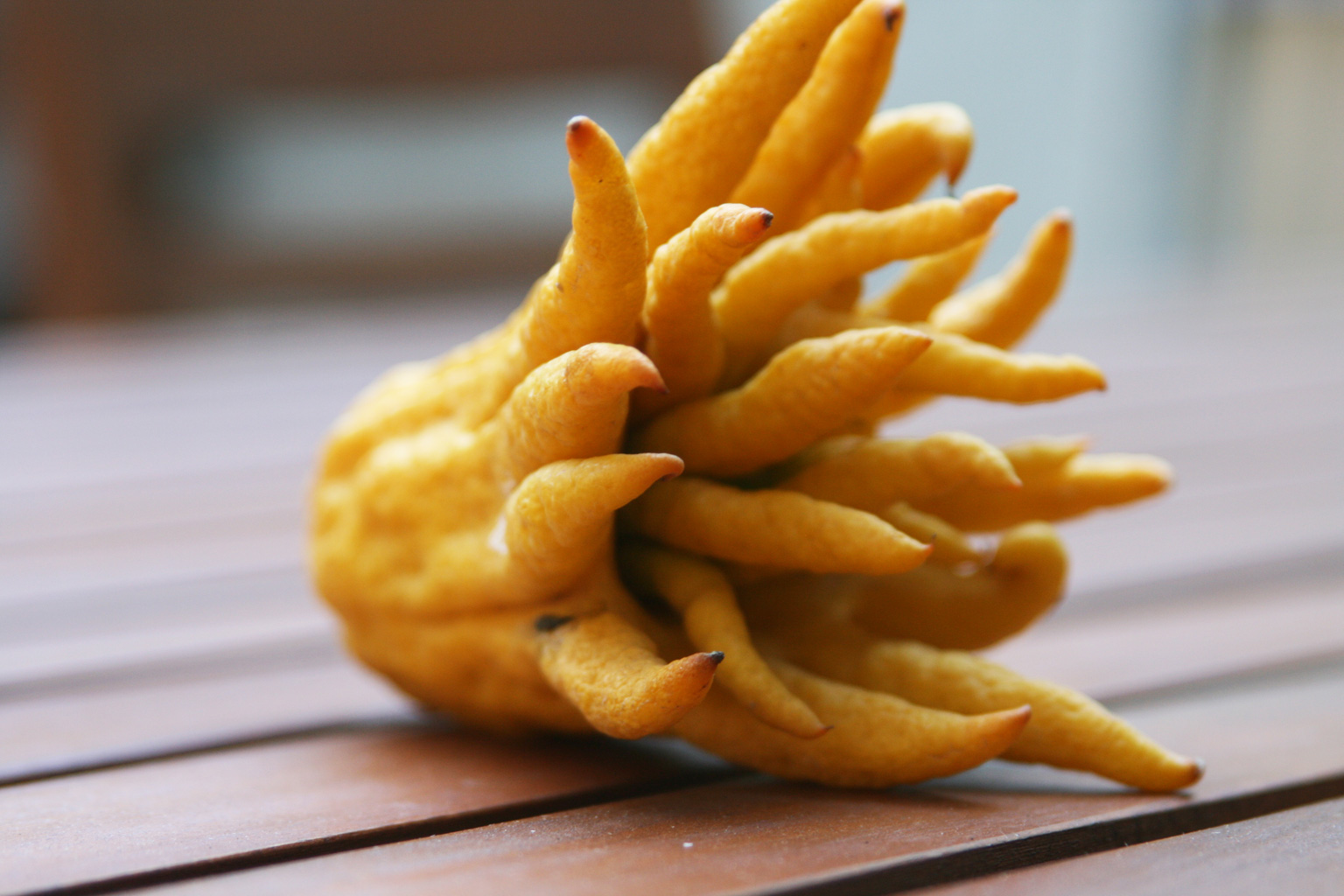









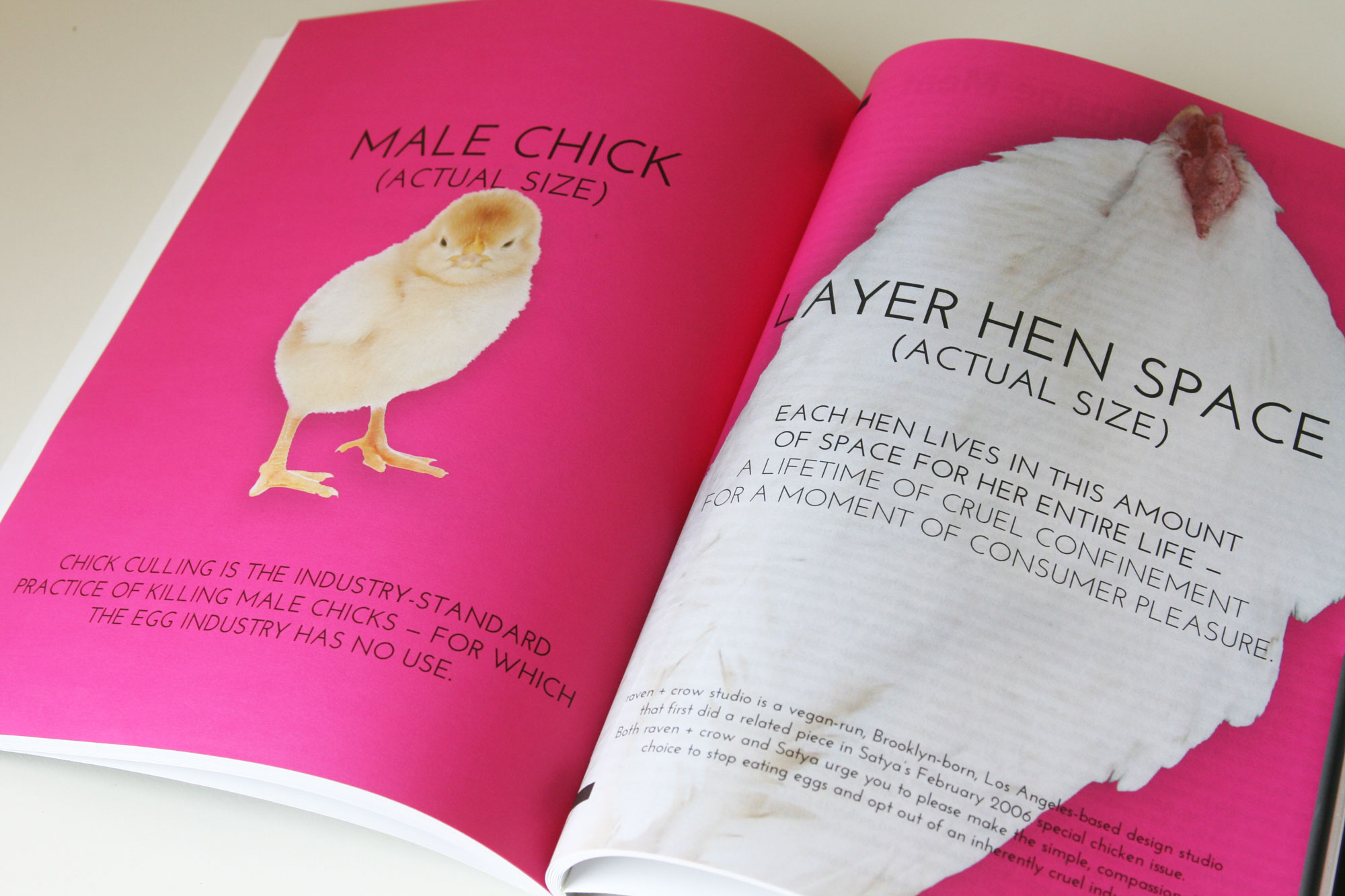









 The salsa that we have right now is a new recipe originating from the original. The original recipe had to be refrigerated and we needed a shelf-stable salsa to be able to place it along the chips. On the other hand, we have kept the original recipe for our chips from the beginning. What makes them great is not only the recipe, but the process of how they are made. Chicas™ recipe is not a common chip recipe. Therefore, the process of making them and frying them is different than what you see out there. Also, we added the uniqueness of rice bran oil which makes the chips lighter, fresher, and healthier.
The salsa that we have right now is a new recipe originating from the original. The original recipe had to be refrigerated and we needed a shelf-stable salsa to be able to place it along the chips. On the other hand, we have kept the original recipe for our chips from the beginning. What makes them great is not only the recipe, but the process of how they are made. Chicas™ recipe is not a common chip recipe. Therefore, the process of making them and frying them is different than what you see out there. Also, we added the uniqueness of rice bran oil which makes the chips lighter, fresher, and healthier.








